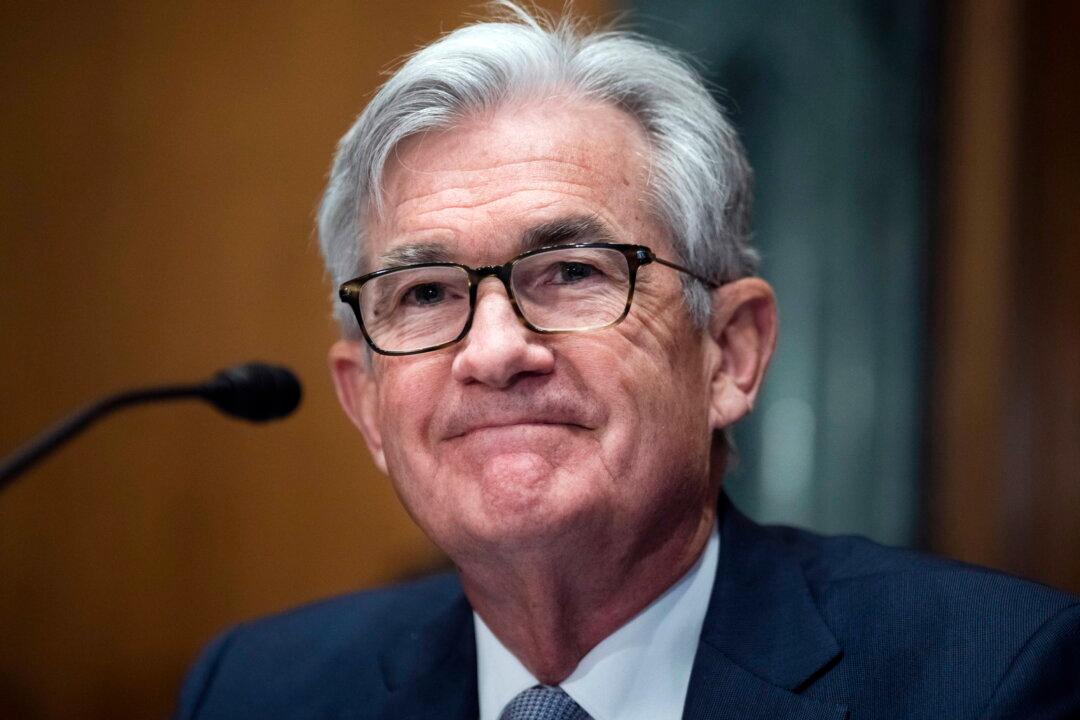Stocks declined and the U.S. dollar rose following the release of Fed’s March minutes that reinforced market views on the policymakers’ hawkish stance in a bid to curb decades-high inflation.
The benchmark S&P started its decline on April 5 after opening at around 4,567.88 and closing over 0.9 percent lower at 4,525.02 mostly on fears of an aggressive Fed policy, which were justified the following day. Shares opened lower on April 6 at 4,493.91, which then fell more than 0.64 percent in early morning trade to end the day, slightly higher from the bottom, at 4,481.16.





